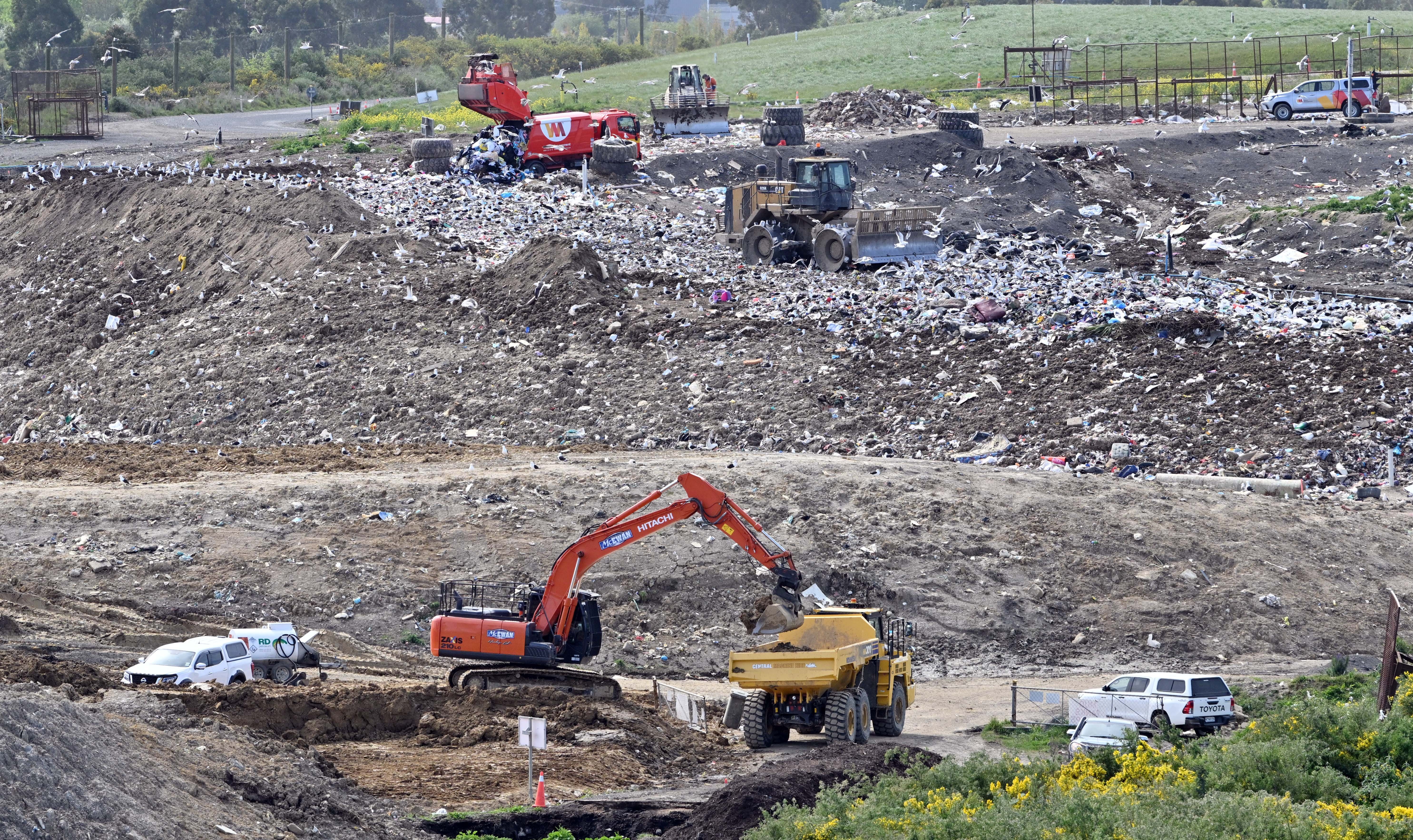
But when confronted with foul environmental smells, Kiwis generally just keep calm and carry on.
Now, new Public Health Communication Centre research at the University of Otago (Wellington) shows prolonged exposure to odour pollution can actually make us sick, and suggests environmental controls do not go far enough to protect people’s health.
Lead researcher and retired medical officer of health Dr Jonathan Jarman said it was a common problem in New Zealand and was likely to cause significant health impacts for those communities exposed to the smells.
His research identified environmental odour pollution problems around the region, including the Green Island Landfill, the Mosgiel and Burnside animal rendering plants, the Tahuna wastewater treatment plant and the Victoria Flats Landfill, near Queenstown.
‘‘You’ve actually got quite a few around the region.’’
He said the odour pollution from sites like these was often viewed as ‘‘an annoyance’’ for a small number of individuals, rather than a hazard that could make communities unwell.
‘‘We found the same themes when we went through the media reports of communities affected by odour pollution over the last 10 years.
‘‘Things like prolonged stress, being unable to invite friends around, having to keep doors and windows closed in summer, and smells so bad that it made you want to vomit.
‘‘We identified 36 odour pollution incidents, from one end of the country to the other, and there are likely to be more.’’
Dr Jarman said there was a lot of international research that linked odour pollution to ill-health.
Prolonged foul odours could cause symptoms that were like chemical poisoning, such as headaches, nausea, vomiting, coughing, loss of appetite, and insomnia.
In a 2014 case study, 13 people in Eltham, Taranaki, were reported with odour-related illness by their GPs after 3million litres of buttermilk was placed in an anaerobic digesting pond that failed to work as planned.
Environmental protection agencies needed to be more aware of the effects of prolonged odour pollution on communities, he said.
‘‘The symptoms are just like those caused by toxic chemicals. It is more than just a bad smell.
‘‘Sadly, it is clear that the current approaches under the Resource Management Act 1991, are not fully protecting communities from foul odours.
‘‘We believe that the National Public Health Service needs to do more to support these communities.
‘‘The health effects of prolonged foul odours are real, even if you can’t identify a chemical at toxic levels.’’
A briefing from the Public Health Communication Centre has called on industries to do more to control odours and to become good neighbours.
The centre also suggested improved zoning should be used to keep odour sources away from where people live.












